Welcome to the few hundred new subscribers who have joined us since I announced in last week’s newsletter (and then on Instagram) that I’d left Hodinkee. More on that at the end, but as always, it’s about the watches first.
In this issue: Breguet, Cubitus, Hodinkee, newsletters, Patek Philippe, Tudor Pelagos FXD GMT (100-word review), Veblenist, women in watches, and more.
🗓 Reminder: If you’re in Chicago, I’m co-hosting an event with Cornell Watch Co. and the president of the Chicago Jewelers’ Association this Saturday from 4-6pm. RSVP here (free whiskey!), and hope to see you there.
Coming Out Flat
I promised myself I wouldn’t write about last week’s Geneva auctions, but can’t help making a few observations. I’m not sure readers of this particular newsletter are bidding much on stuff at the big three houses (no offense); around here, we’re keener on watches from eBay or smaller auctions. With that in mind, I will have an extra edition on Thursday featuring a few watches from an upcoming local auction I saw in person. Whenever I can get hands-on with a few special vintage watches, expect a newsletter.
Before we get started, I respect the hell out of anyone who looks at a Patek 2499 and says “great watch, but you know what it really needs: drilled lugs,” turning it into a tool watch enthusiast’s fever dream:
Earlier this year I posted the first photo above. The watches – a platinum Cartier Tank Cintree, “John Player Special” Daytona, and Patek 2499, all from Monaco Legend (private sale) – are arguably the three most collectible watches from each brand. So I already thought it was a pretty cool lineup. Then, someone commented on the Patek 2499 something to the effect of “Wow, the unique flat dial 2499!”
I looked at that 2499 again and thought to myself, “what in the world is a flat dial?” Isn’t it already enough that it’s a pink gold 2499? After all, there are only 349 of those, and only a handful known in pink gold.
As it turns out, that 2499 is one of just two with a so-called “flat dial,” meaning there’s no indentation for the moonphase and the subdials aren’t sunken. After seeing that flat dial 2499 earlier this year, I chuckled when I saw the only other one pop up at Sotheby’s Geneva last week (the second photo, above).
First, compare the flat dial to a normal 2499:
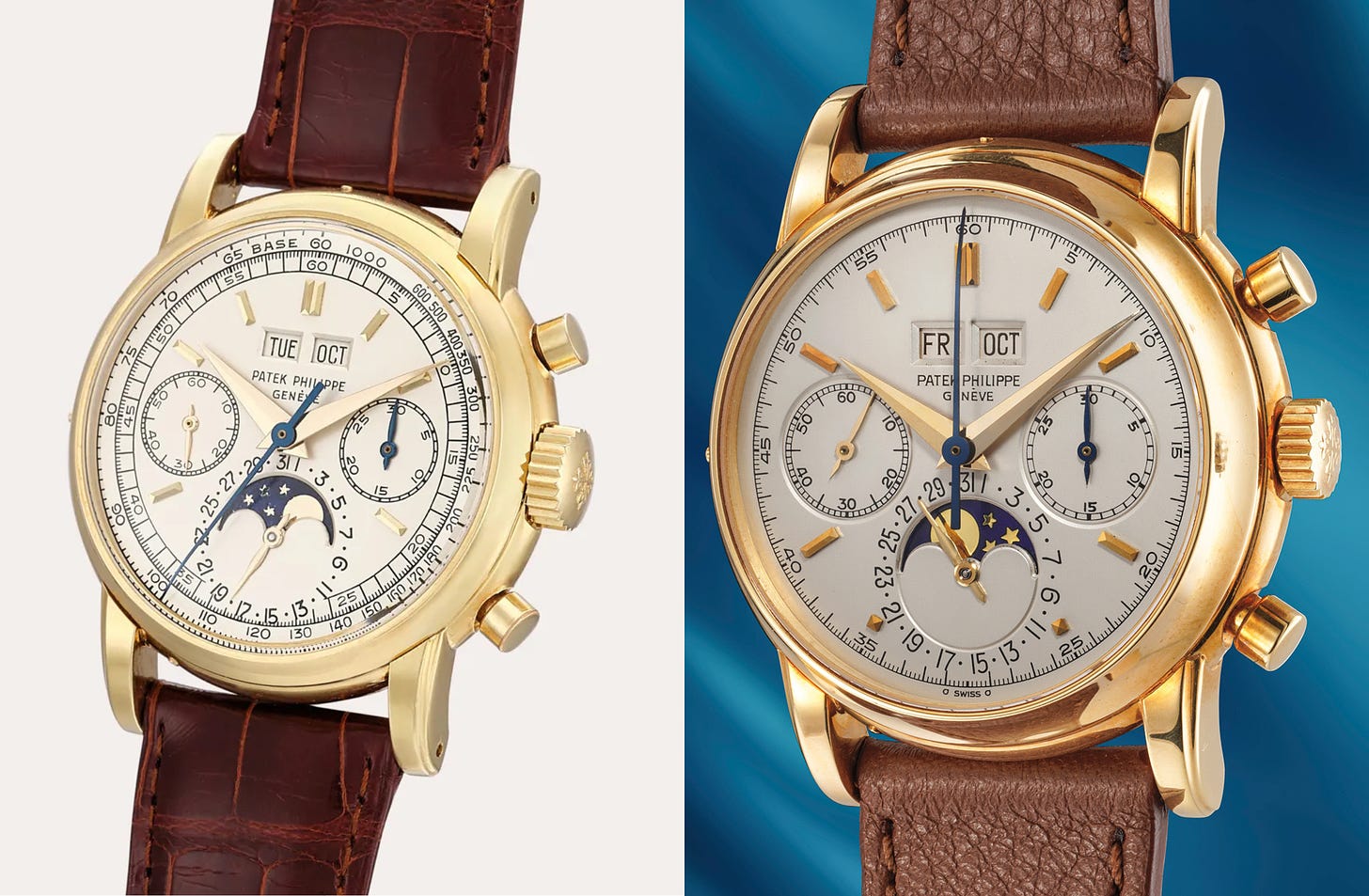
But to me, this “flat dial” is a distinction without a difference. No doubt, it’s a different dial configuration. But it’s not a meaningful way to categorize 2499s.
To check myself, I asked Justin Gruenberg of Loupe This and The Keystone and he said, basically, if I can find someone who knows what the hell a flat dial is, “I’ll buy you a drink.”
So that’s one astute dealer and one small-time newsletter writer who don’t care much about flat dials.
Apparently, the market might disagree.
At Sotheby’s, its flat dial 2499 sold for CHF 2.5 million over the weekend, putting it in the same stratosphere as the black dial 2499 and first series pink gold 2499, both also at Sotheby’s. It’s a good bit more than a standard yellow gold 2499 might’ve sold for, and also a nice premium over the CHF 1.5 million this very same watch got just three years ago at Phillips where nary a mention of “flat dials” was made. It’s kind of odd Phillips didn’t mention it, considering that the last time the other pink gold flat dial 2499 appeared publicly was also at Phillips, back in 2016 (the 2499 in the first photo above). That one sold for $2.5 million, which at the time made it the most expensive watch ever auctioned in Asia.
But the point isn’t to pick on the collecting proclivities of someone who just plopped down $2.8 million on a Patek perpetual calendar chronograph.
The point is this: Rarity is overrated. At least, it feels like rarity is too often manufactured for its own sake and often misses the point.
Gruenberg agreed:
“I find these small nuances to miss the plot for me. A small detail like this is different than the others but doesn’t provide anything meaningful to make it more collectible.”
Geeking out over details is part of the fun, but placing a premium on arbitrary details can miss the point of collecting. By the way, it’s also been suggested to me by others that these flat dials are actually service dials. The market doesn’t seem to have received the two known flat dials as such when they’ve come to auction, but it does illustrate the potential risk once you get to a certain level of supposed rarity.
This isn’t to say rarity is always bad. One of the standout watches of the season was the tonneau Breguet retrograde perpetual calendar that sold for about $2 million:
This Breguet also has those pesky “rare” and “possibly unique” signifiers, but now they provide historical context. Imagine how freaking hard it must’ve been to make a QP in the 1930s, and then add a retrograde date? Come on, man!
Rarity can be cool, but only if it’s a signal of something greater. Chasing rarity for its own sake is a fool’s errand – there’s always something rarer to be found.
100-Word Review: Tudor Pelagos FXD GMT
Last week, I spent a few minutes with the new Tudor Pelagos FXD GMT, another solid release from Tudor. It has beige lume like the Pelagos LHD, and the titanium case measures 42 x 12.7mm (52mm lug-to-lug). After the Black Bay 58 GMT, it’s another illustration of how Tudor has figured out how to slim down its GMTs. Interestingly, this uses the same movement as the thicker Black Bay Pro (14.6mm thick). I recall asking about this back at Watches & Wonders and Tudor saying it had something to do with better integrating the movement into the case and using space in the crystal more effectively.
The single-piece flight-suit green fabric strap is so good, even if I’d slide that extra keeper with the French Naval Aviation’s roundel right off. While I prefer the Black Bay 58 GMT, the new FXD is a nicely executed, wearable GMT from Tudor. Price: $4,625.
Watch Femme
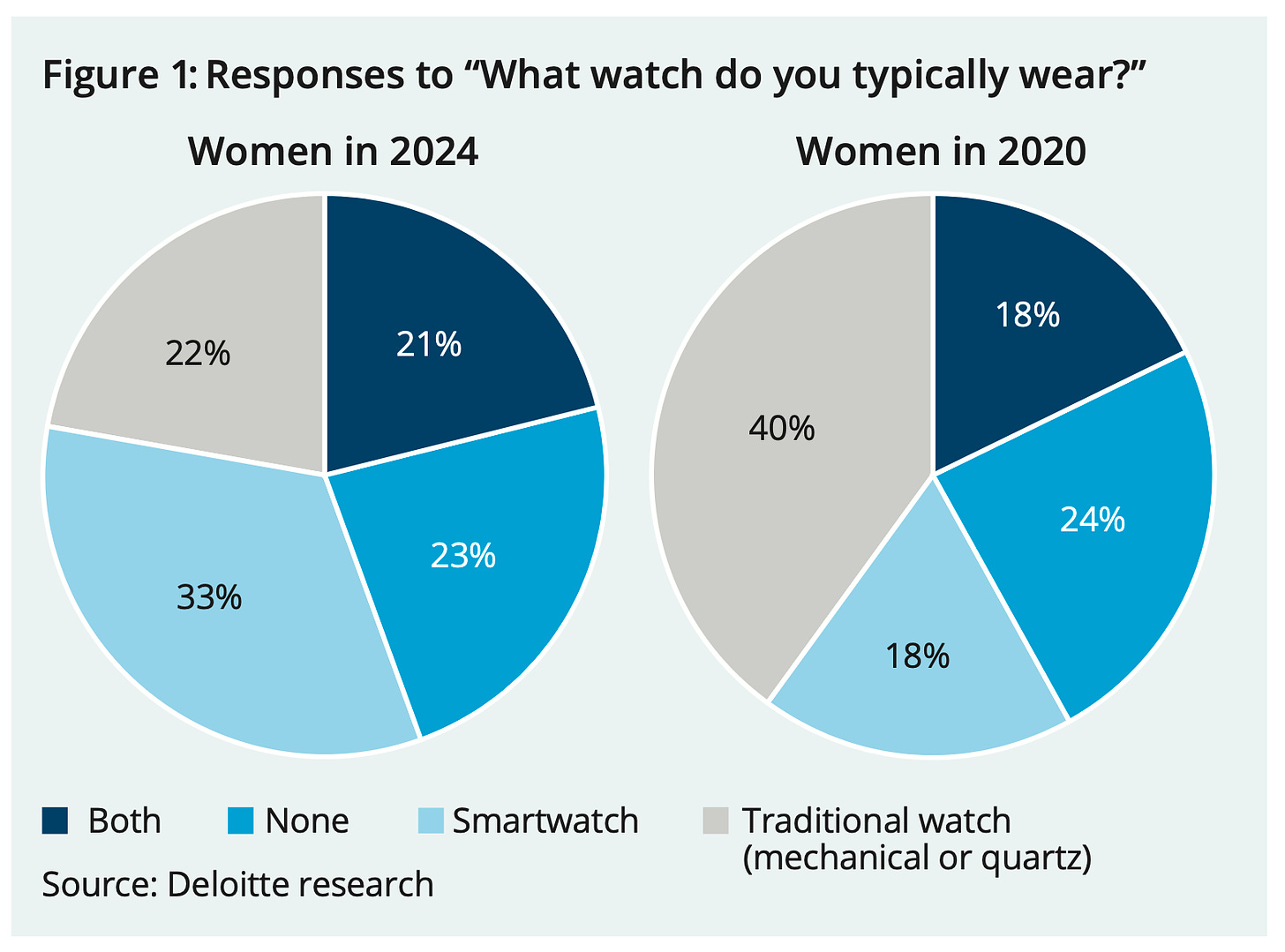
For just a year, I made an ill-fated attempt to work as a consultant, so I have a natural aversion to any report from a consulting firm that makes grand proclamations about moving the needle and low-hanging fruit.
However, this report from Deloitte, in collaboration with the non-profit Watch Femme, gave some interesting facts and figures on the role of women in watches, both professionally and as consumers. The chart above is the most damning, illustrating how traditional watches are losing ground against smartwatches, but a few others:
In 2023, 43% of the Swiss watchmaking workforce was women. The pay gap between men and women in the watch industry is on average 25%, more than other sectors.
44% of women said they prefer watches designed for women, while 26% prefer gender-free models. But this preference varies significantly by market.
Among women surveyed, there’s an equal split between those who prefer shopping online and in physical stores (in 2020, 64% preferred in person).
But the success of online varies by brand. About 40% of Hamilton’s sales are online, while Richemont’s have decreased from 20% to 6% following its sale of Net-A-Porter. Watches of Switzerland also saw an 11% decline in online sales over the past year (perhaps helping to explain a certain acquisition, Watch Femme adds).
“The growing preference for online shopping among women can be attributed to a combination of evolving consumer habits and more effective brand targeting,” the survey explains. “Traditional marketing in physical stores often doesn’t fully connect with women, who tend to view watches as part of an ensemble, not just a standalone item. Online platforms and social media offer a more appealing alternative.”
I mean, we only have to look as far as that egregious Cubitus ad (to say nothing of the watch itself), and how women are portrayed in it (or not) to see how grossly the watch industry can misunderstand its potential female clients.
The Fourth Wheel also took a deeper look at the findings, but the report says it better than either of us could, so here it is from Deloitte and Watch Femme:
What Even Is This Newsletter?
Surely you didn’t come to this particular newsletter to read about something as obscure as flat dial 2499s, and you’re dying to know: Why did this kid leave Hodinkee?
The answer is a lot less interesting than you might imagine. After two-plus years, it was time. Over my professional life, I’ve now left four different jobs (in three industries) at right around the two-year mark, so I’m also self-aware enough to say: It’s not you, it might be me.
It’s a privilege to be able to write at Hodinkee. It opens almost every door in the watch industry, and you can walk around knowing that when something big happens, people still turn to Hodinkee first. But that’s also a responsibility that can weigh on you, or at least it did on me. And those comments!
I’m grateful for the two years I had at Hodinkee; for hosting Hodinkee Radio; for the number of collector’s guides I made, from 1970s Cartier to the Reverso that revived the Reverso, and everything in between; even a video with a TAG Heuer Carrera.
I was a fan of Hodinkee long before I ever dreamed of working there, and I continue to think it’s one of the most important names in the enthusiast community.
The question I’m asked most often is how to break into watches professionally, and usually, my flippant answer is something like, “by accident!” When I sent my first newsletter out to 50ish subscribers in 2019, I never thought it’d grow into this.
But the actual response is something like: (1) be yourself and find something you’re passionate about and/or good at, and then (2) figure out where that might add value in the watch industry. I don’t see a ton of job listings in watches, but everyone is always looking for passionate people who can help solve their problems. It’s up to you to identify where those pain points are and how you can address them. Sometimes, this might also mean forging your own path.
Since this newsletter will be the hub of everything I’m up to in watches going forward, I want to make sure it stays focused on its collectors and readers. To that end, a few core principles will guide me and this newsletter:
Subscription-first
No advertising from watch brands
No press trips
This isn’t to begrudge how any other publication operates or makes money. In fact, brands are probably as much to blame for the current state of affairs as media, as journalist Victoria Gomelsky recently wrote in her open letter asking watch execs to back off and respect editorial boundaries.1
She tells a few stories of watch brands attempting to blur the lines with media publications, and I have no doubt every editor at every publication could add a few more. Just a couple of months ago, I had lunch with a brand president who referred to their recent advertising campaign as a “donation” and asked when their brand might be getting its “Week On The Wrist” feature (to be clear: that’s an editorial property brands can’t buy).
Instead, I’m focused on building a relationship with you, the collector and reader. To create a newsletter for collectors, it needs to be supported by collectors.
For the next month or so, this will be a free weekly newsletter with collector’s guides, commentary, Q&As, original reporting, a little gossip, and a curated selection of finds from small or under-the-radar auctions, eBay, or elsewhere.
I appreciate the support from every corner of the watch industry over the past few days. As some of you have subscribed, Substack might have automatically asked you to “pledge” your support.2 Thanks to those who have done so, but just know that you won’t be charged until paid subscriptions are officially launched. For more on what a paid subscription will look like, check out the About page.
I’m also excited to be working with Chicago-based Veblenist on a gift for those who support at the higher “Founding Member” level. I’ve known Veblenist and been a customer of their straps and other leather accessories for years, and they’ve got a production facility just down the road from me.
That’s how we’ll do this: Slow, organic, often with friends. Stay subscribed.
Finally, if you're looking for something to listen to, I enjoyed putting together this podcast episode all about stone dials with Pierre Biver (Biver), Jasper Lijfering (Amsterdam Vintage Watches), and Erik Gustafson (Hairspring). We get into modern manufacturing, vintage collecting, and dispel common myths about stone dials.
Thanks for reading and see you Thursday,
-Tony
But there’s plenty of blame to go around.
Substack is the platform this newsletter runs on, allowing email delivery and payments.


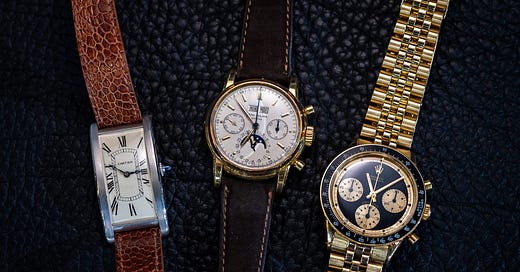



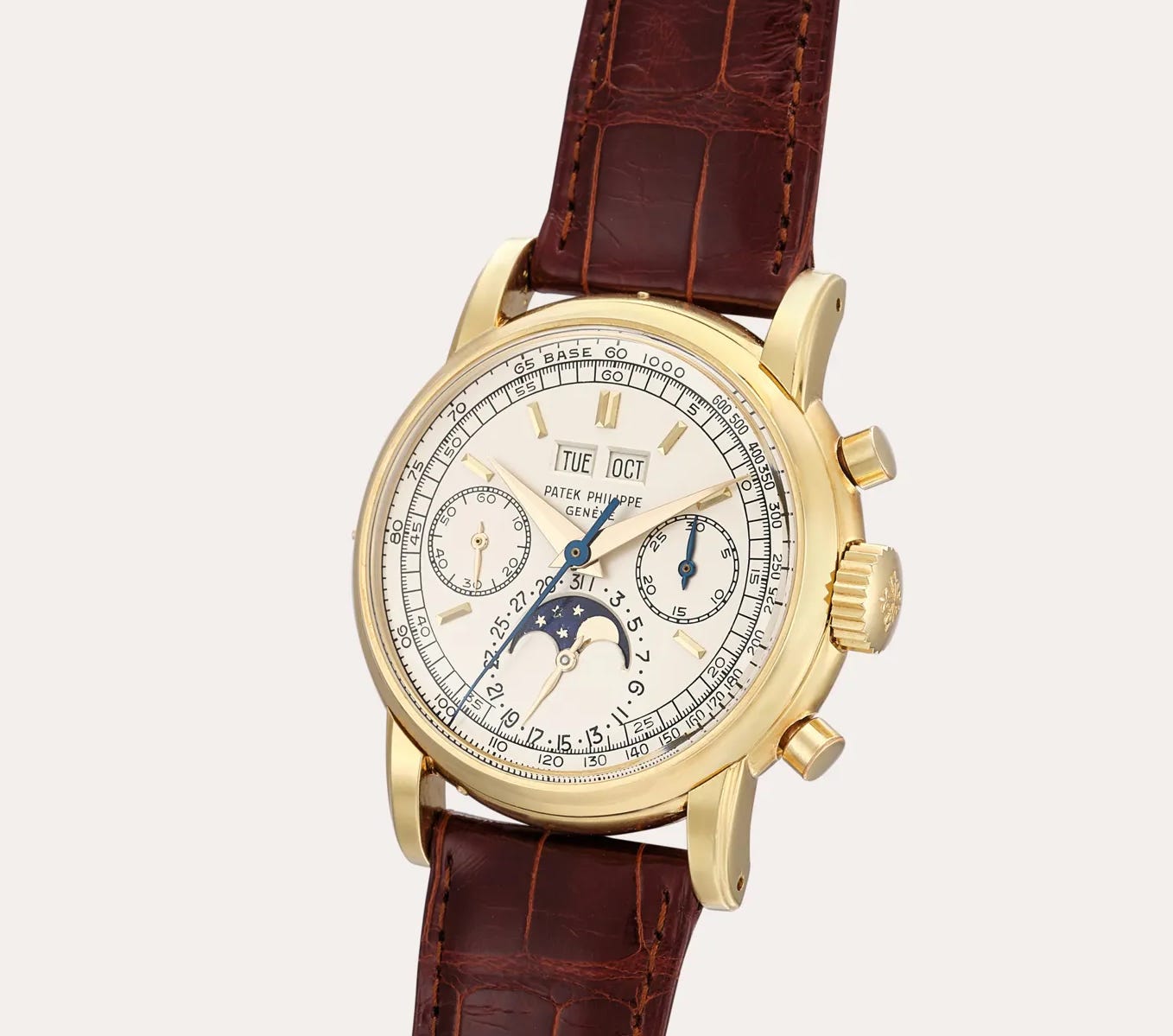
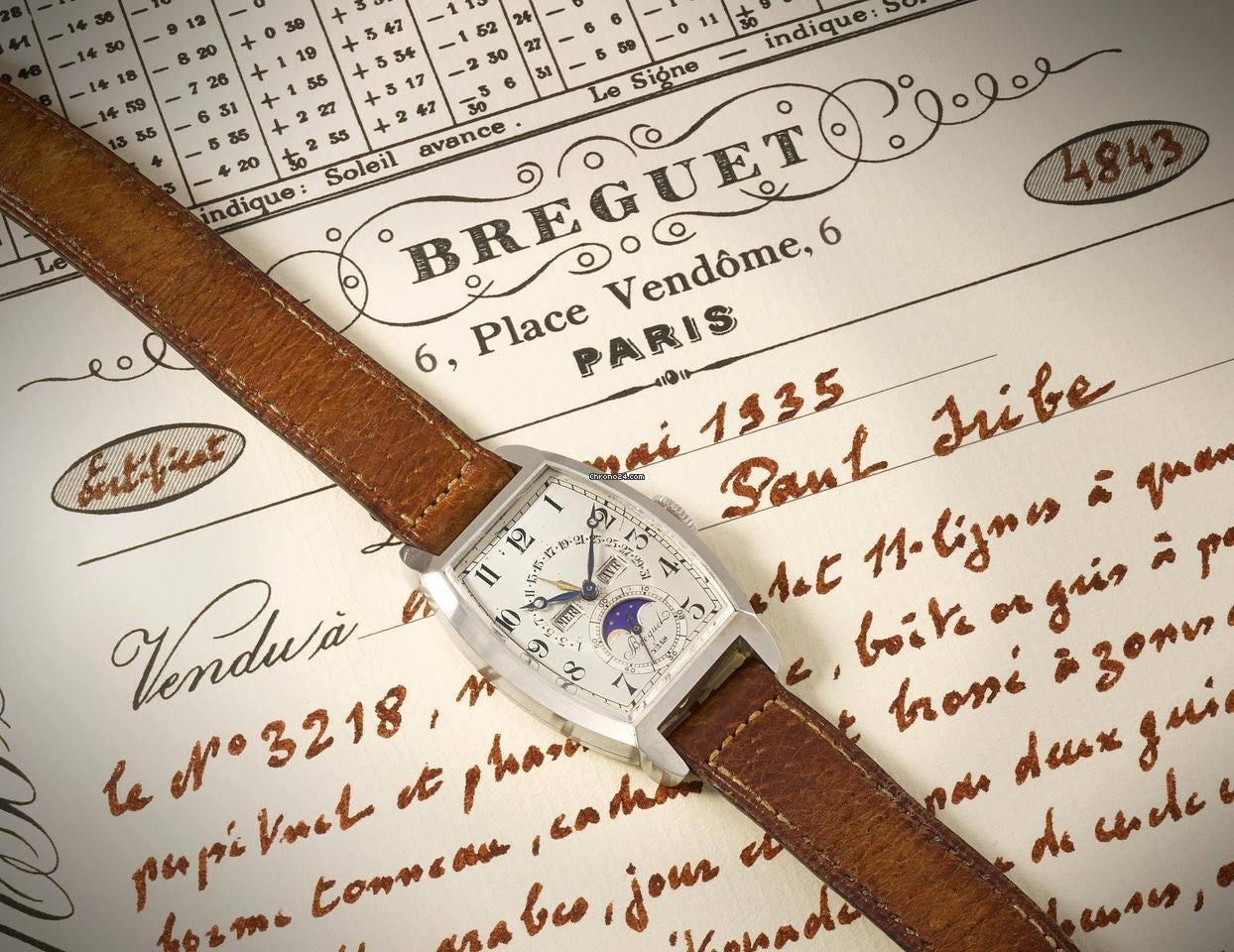
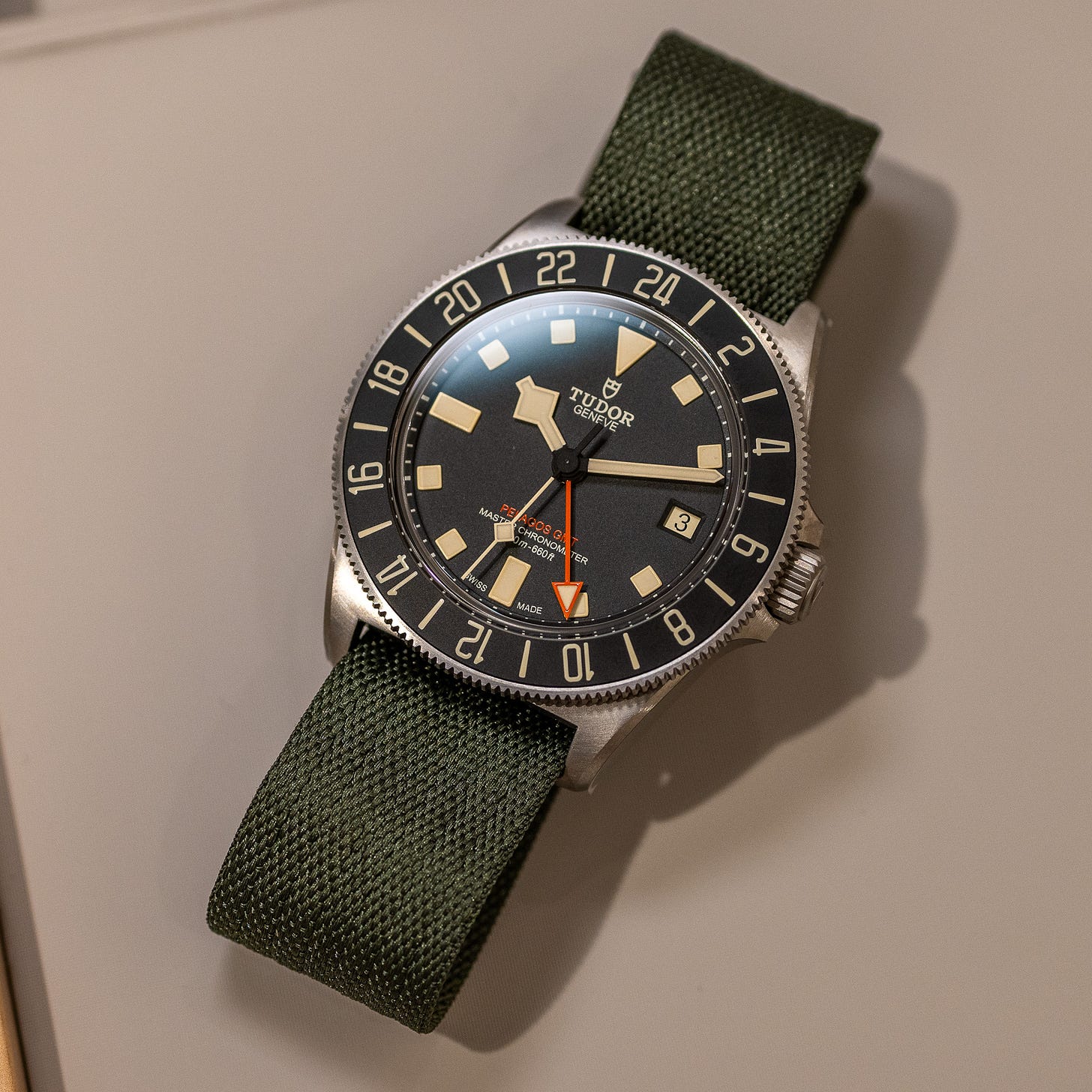

Hope you’ll take this in the right spirit Tony: but why not go back to being a lawyer? You will earn enough buy all the watches you love. And you can even write about your watches in your free time.
Once you make watches your job, you cannot really enjoy them, or express your taste and knowledge honestly. Why be beholden to this industry? Don’t work for them when they should be working for you, Tony the Consumer.
Looking forward to the bright future of Unpolished, Tony, and seeing where it takes you (and the rest of us). All the best for the next chapter! G